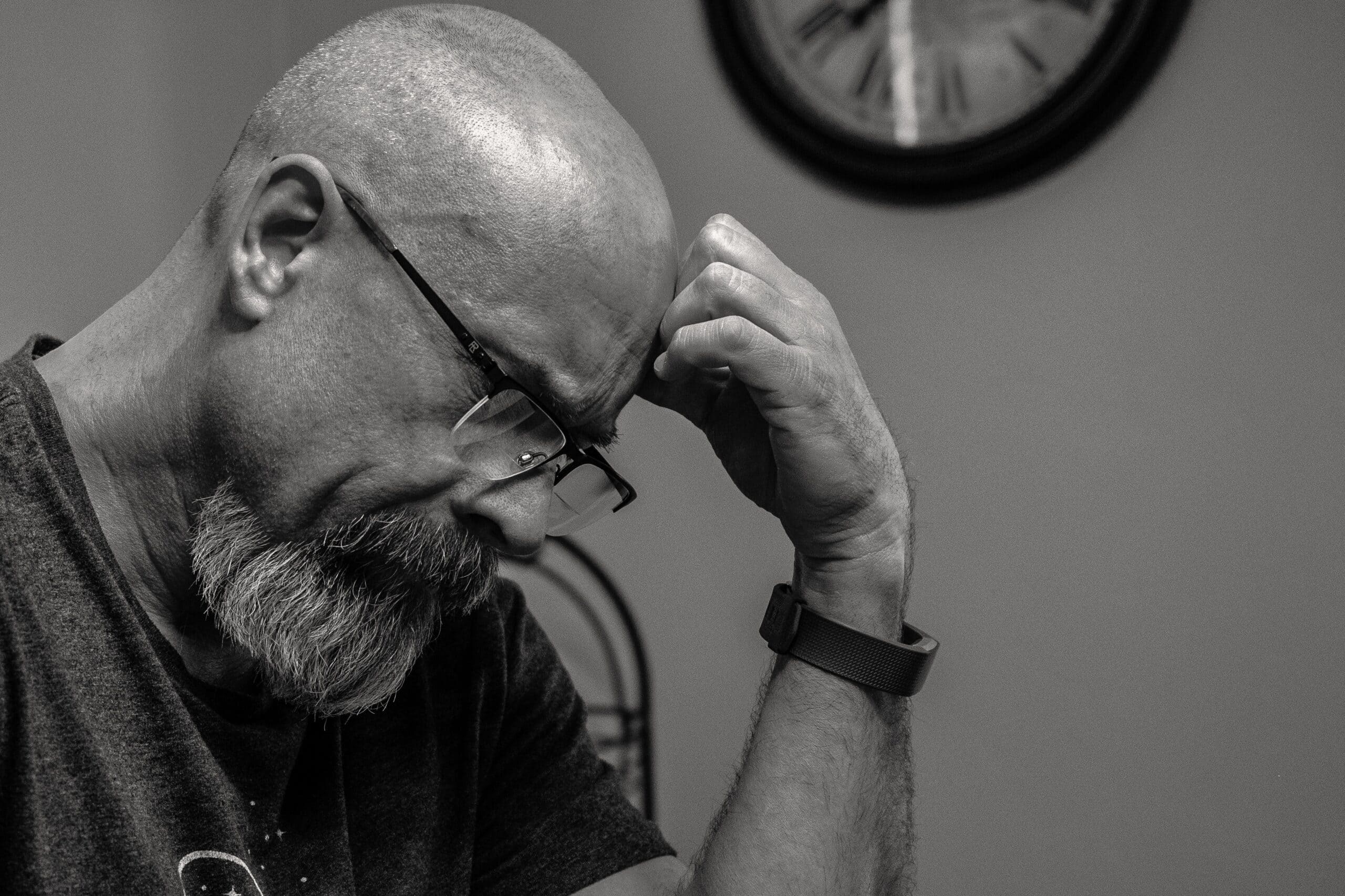What is an Emergency Fund?
An emergency fund is money that you put aside for a rainy day. This fund should cover your expenses for at least 6 months.
This may vary depending on your situation. If you’re single than 6 months should be enough. If you have a family than try to aim for a fund of at least 9 months.
Why do you need an Emergency Fund?
Like we said, an emergency fund is for a rainy day. Life happens and when things break down you don’t want to be stuck in a sticky situation. You might lose your job, your car can break down or you simply need a new washing machine.
Any event that requires immediate financial access should be covered by an emergency fund.
Step 1: Track Your Monthly Expenses
In order to calculate your emergency fund you first need to specify your monthly expenses. How much comes in, how much goes out and how much remains after all your expenses?
If you have a surplus at the end of the month, then you can start to build an emergency fund. But if you’re barely scraping by then building an emergency fund will be impossible.
So you either increase your income or cut down on your expenses. For more information see our blogpost on how to reduce expenses.
Step 2: Calculate Your Emergency Fund
Now that you have specified your monthly expenses and have room for savings, we can start calculating your emergency fund. Here’s an example:
Mark has an income of $ 4000 and his monthly expenses are $ 3000. He’s able to save up to $ 1000 every single month. Now since his living expenses are high he needs to save up at least $ 18.000 to cover his current lifestyle for six months.
Now depending on your current situation and your needs the amount required may vary. If you don’t mind cutting down on luxuries then you can get away with less.
But the threshold is to have at least enough money to cover your rent, utilities and basic necessities (like food and fuel) for a period of 6 months.
Step 3: Build a Savings Plan
Now that you’ve calculated your emergency fund, it’s time to build a savings plan. How much can you put aside each month to reach your goal?
Is it $ 100, $ 200 or a $ 1000? Whatever the amount is, you must set up a timeframe so that you can track how far you are to your emergency fund goal.
Try to have milestones along the way. First save up to $ 1000, which will cover most of your small emergencies. Then try to build up to at least 50% of your emergency fund as fast as you can.
You see the goal of an emergency fund is to have a financial backing when things go wrong.
If you wait too long and an actual emergency happens, then you’ll be stuck in a difficult situation. So speed and prioritization is of upmost importance here. If that means skipping a vacation or two then so be it.
Step 4: Storing Your Emergency Fund
Congratulations! You have now successfully build an emergency fund. But where do you keep it? You don’t want to have it laying around the house where it can be easily lost. So where should you put it?
There are a few ways in which you can store your emergency fund safely:
- Bank account – a bank is usually a safe way of storing your money. The only problem here is inflation.
Let’s say you don’t need to access your emergency fund for 10 years then inflation will slowly erode the value of your fund. Which is a waste money.
- Gold and silver – these have historically been the go-to assets for wealth preservation. You see gold and silver have held their value throughout the ages and have always been used as a hedge against inflation.
The only downside here is, it’s harder to liquidate in the case of an emergency.
- Cash – this is the least desirable way of storage. But if the previous options are unavailable to you then you can use cash. Just beware to store your cash in a fireproof safe.
In case of a fire, which ironically is an emergency, you could lose the very fund that you now desperately need. And just like saving money in a bank account, cash too is subjected to inflation.
So choose one of these options or a combination of them. Try to choose that which fits your situation best.
Step 5: Maintaining Your Fund
Now that you have safely stored your emergency fund. It is crucial to keep that fund filled up. Whenever you’ve had to tap into your emergency fund, try to restore the amount as fast as possible. So that in a next event you can tap into the same amount again.
In addition, try to adjust your fund for inflation and a rise in living expenses. You see we grow in life and things continuously change. You might move out to a bigger house, start a family or simply have a higher standard of living.
Then the amount you once needed living single in an apartment will no longer suffice once you are living in a stand alone house raising a family.
The golden rule to keep in mind is to have enough money to cover you and your family so that you don’t end up in the street.
Conclusion
If you adhere to the previously mentioned steps, you will be financially ready in case of an emergency. This will hopefully make you sleep better at night knowing that you are prepared for life’s unannounced events.
Now keep in mind that an emergency fund is not waterproof. If your house burns down, than your emergency fund will only cover temporary accommodation. It will not be enough to rebuild your house of replace your possessions.
But at least you won’t be sleeping out in the cold.




















